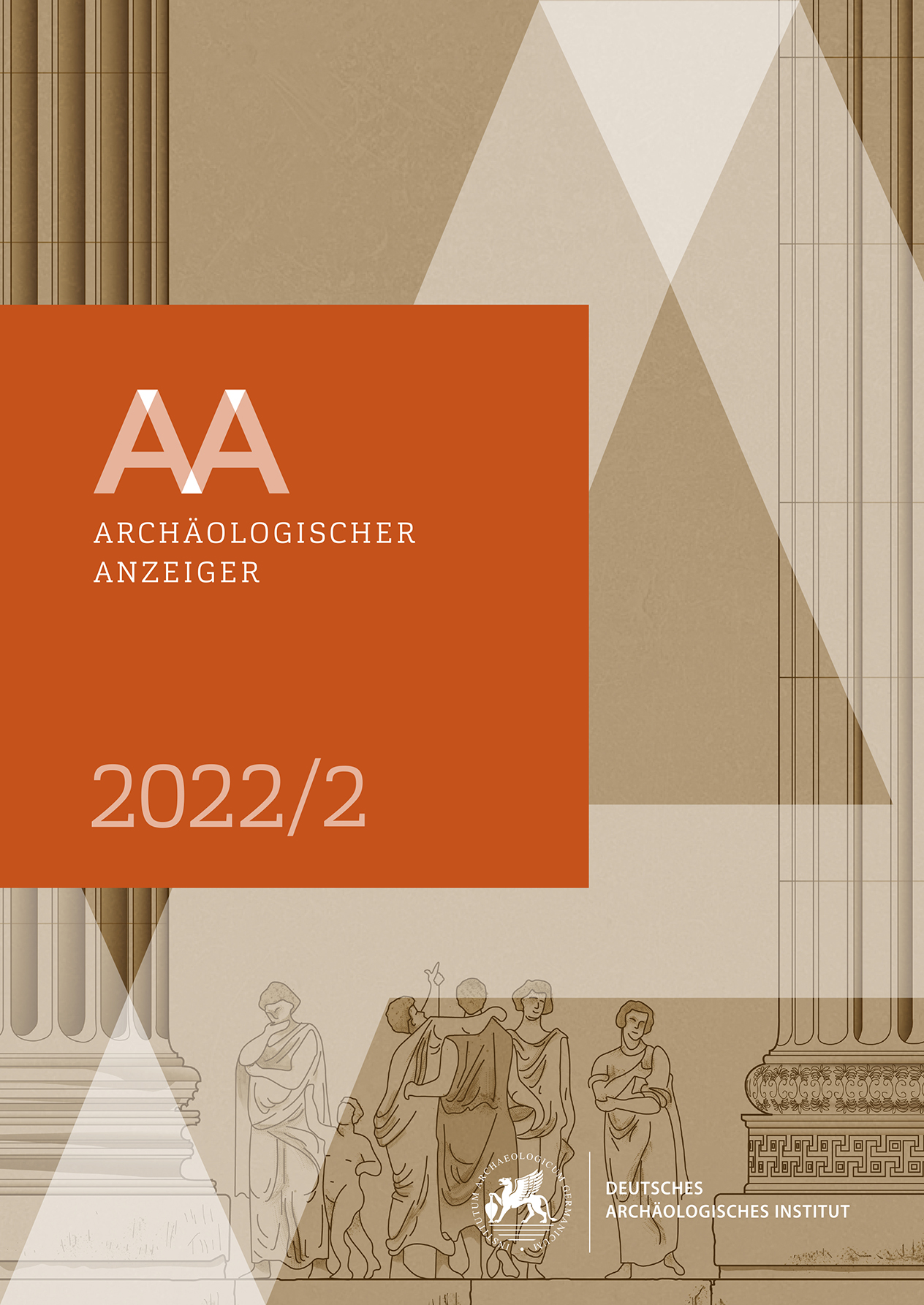Gold Embroidery
A Sophisticated Technique for Early Mycenaean Swords and Daggers
https://doi.org/10.34780/da2b-d3ef
Abstract
One of the advanced decorative techniques of the Late Bronze Age Aegean is so-called gold embroidery, restricted only to luxurious weapons of the Early Mycenaean period. The technique consists in the dense placement of minute twisted gold filaments next to each other in order to give the impression of a mosaic. In the final stage, the craftsman decorated the whole with engraved designs, usually spirals. The present paper presents a detailed discussion on the history of research, the context, chronology and typology of the known examples, and a technical analysis based on archaeometric and experimental data. It is suggested that the use of the technique, which extends across the LH I–IIIA1 period, was reserved for burials of the highest status and was associated with other exclusive metal-working techniques, like inlaid decoration. The technique is unknown in Minoan Crete and the Eastern Mediterranean and, so far, the only possible parallels are to be found in the Wessex and Armorican cultures.
Schlagwörter:
gold embroidery, Early Mycenaean period, Mycenaean weapons, metal-working techniques





